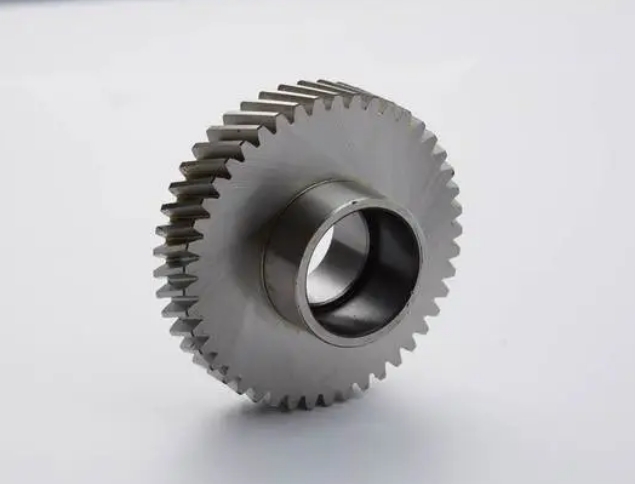Gear Material Selection: Speed Measurement & Transmissio
Time:2024-01-04 17:02:26 Source:未知 Click:次
In mechanical equipment, gears are a common transmission device that can transfer power from one component to another. According to their functions and structures, gears can be divided into various types, among which the most common are gears for speed measurement and transmission gears. When designing and manufacturing these two types of gears, selecting the appropriate material is very important. This article will discuss the material selection for gears for speed measurement and transmission, helping everyone understand the influence of material on performance and suitability.
First, let's look at the material selection for gears for speed measurement. The main function of gears for speed measurement is to measure the running speed of equipment, so the selection of materials needs to consider several factors: hardness, wear resistance, thermal stability, and precision.
Hardness is an important indicator of material strength. For gears for speed measurement, the higher the hardness, the better the wear resistance and fatigue resistance, thereby prolonging the service life of the gear. Common high-hardness materials include carbon steel, alloy steel, and hard metal.
Wear resistance refers to the ability of materials to resist wear. For gears for speed measurement, the better the wear resistance, the longer the service life. Common wear-resistant materials include high-carbon chromium steel, nickel-based alloy, and ceramic.
Thermal stability refers to the ability of materials to maintain their physical and chemical properties under high-temperature environments. For gears for speed measurement, the better the thermal stability, the smaller the amount of heat generated during high-speed operation, thus preventing damage caused by overheating. Common thermally stable materials include stainless steel, titanium alloy, and high-temperature alloy.
Precision refers to the accuracy of material size and shape. For gears for speed measurement, the higher the precision, the more accurate the measurement results. Common high-precision materials include hard metal, ceramic, and plastic.
Next, let's look at the material selection for transmission gears. The main function of transmission gears is to transmit power, so the selection of materials needs to consider several factors: strength, toughness, wear resistance, and cost.
Strength refers to the ability of materials to resist external force damage. For transmission gears, the higher the strength, the stronger its load-bearing capacity. Common high-strength materials include carbon steel, alloy steel, and aluminum alloy.
Toughness refers to the ability of materials to resist impact damage. For transmission gears, the better the toughness, the less likely it is to break under impact. Common tough materials include nodular cast iron, cast steel, and copper alloy.
Wear resistance refers to the ability of materials to resist wear. For transmission gears, the better


